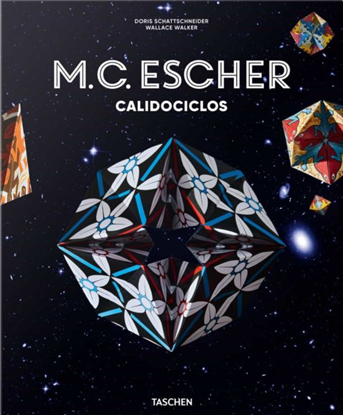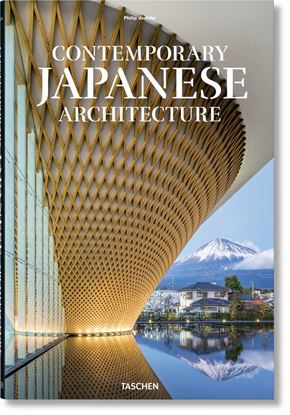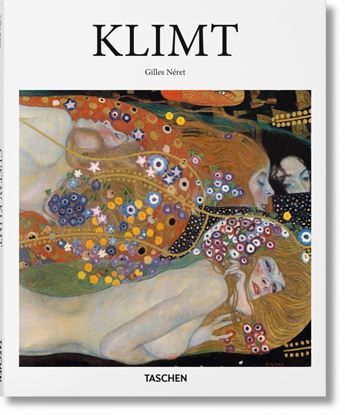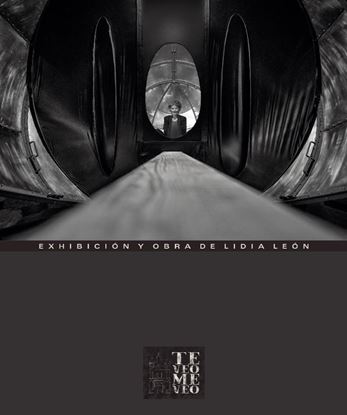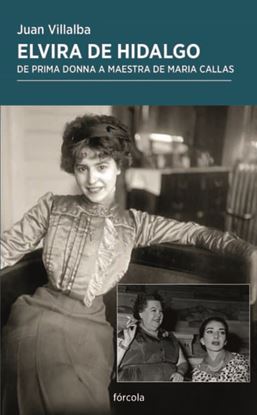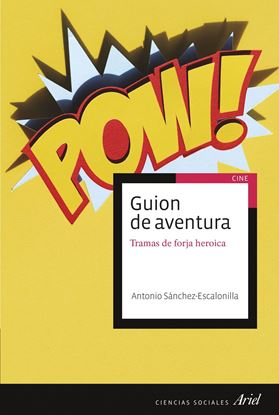

M.C. ESCHER. CALIDOCICLOS (VA)
Complicados patrones, elegantes formas geométricas e increíbles grafismos son los rasgos que convierten en fascinantes las creaciones de M.C. Escher. Este set pone en sus manos el mundo visual mágico del artista a través de 17 plantillas de papel listas para montar que le permitirán crear sus diseños multidimensionales y transformarlos, las veces que quiera, en objetos complejos, calidociclos entrelazados y mutantes. El cuadernillo incluye un análisis de los principios geométricos y la invención artística subyacente a estas maravillas ópticas.
2,500
2,000
ELVIRA DE HIDALGO (OF2)
Elvira de Hidalgo (1891-1980) fue una de las más destacadas sopranos del primer tercio del siglo XX, rescatada ahora del olvido gracias a esta monumental biografía de Juan Villalba Sebastián, que ha contado con la colaboración de musicólogos y especialistas de distintas nacionalidades. Nacida en Valderrobres, Teruel, Elvira fue reconocida por todos los públicos y críticos a nivel internacional como la mejor Rosina de su epoca, la pizpireta protagonista de la popular ópera de Rossini, El barbero de Sevilla, que cantó con exito en teatros de toda Europa, Hispanoamerica y Estados Unidos. A su vez, Elvira no fue una maestra de canto al uso, y los fundamentos de sus enseñanzas se cimentaron en aquella dilatada y exitosa carrera profesional, desarrollada durante más de tres decadas. Su más famosa discípula fue Maria Callas.
500
400
GUION DE AVENTURA Y FORJA DEL HEROE
Este libro es una guía para la construcción de personajes épicos según sus misiones, perfiles y viajes interiores.
¿Qué tienen en común Katniss Everdeen, Harry Potter, Clarice Starling, Ripley, Matilda, Batman, Pippi Langstrumpf, Guido Orefice, Buzz Lightyear...? Todos son héroes o heroínas que siguen la divisa «proteger y servir», pero ¿cuál es la estructura que subyace en el imaginario heroico al que pertenecen?
Este libro es una guía para la construcción de personajes épicos según sus misiones, perfiles y viajes interiores. Una obra que no solo examina los recursos creativos empleados en las tramas de aventura, sino que replantea el desarrollo de los guiones de forja heroica a través de varias películas que coinciden con la estructura que J. R. R. Tolkien creó en El señor de los anillos.
1,250
1,000


